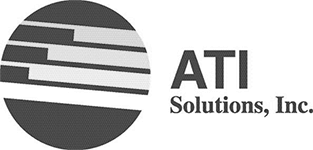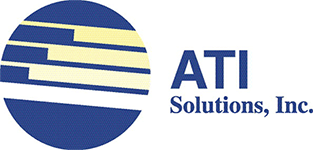 Data centers may organize the servers and equipment needed to host their clients’ online platforms in a variety of ways. Tower servers have a tall, slim housing and can be tilted on their side to fit inside storage racks, while smaller blade servers can be switched out quickly if something goes wrong. However, most data centers prefer to mount their servers and hosting equipment in racks, or on standardized shelving systems that allow for maximum space efficiency and environmental control. As the building blocks of a data center, IT rack plays an important role to service multiple generations of IT equipment to maximize the business value.
Data centers may organize the servers and equipment needed to host their clients’ online platforms in a variety of ways. Tower servers have a tall, slim housing and can be tilted on their side to fit inside storage racks, while smaller blade servers can be switched out quickly if something goes wrong. However, most data centers prefer to mount their servers and hosting equipment in racks, or on standardized shelving systems that allow for maximum space efficiency and environmental control. As the building blocks of a data center, IT rack plays an important role to service multiple generations of IT equipment to maximize the business value.
How Rack Units Affect Server Storage in a Data Center
A server is built specifically to be mounted into a rack. A server rack is an open frame designed for mounting multiple electronic equipment modules to hold servers and IT equipment. Racks may run from floor to ceiling and house several different servers owned by different clients. All of the servers are mounted one on top of the other within a rack to minimize the amount of space used by each client.
Since it would be extremely difficult to accommodate servers of varying shapes and sizes, most servers are built according to a standardized measuring system known as rack units. A server’s height in rack units (U) is the amount of space needed to house the equipment. The width and depth of standard data center racks slightly vary by manufacturer, but the industry standard is 19 inches wide and 36 inches deep.
Servers come in sizes of:
- 1U, 2U, and 4U. While server sizes may differ slightly depending on the make and model, a 1U server typically occupies a dimension of 1.75″ by 19″ of rack space. There are also 2U and 4U servers, which offer more computing power but take up more space on the rack.
- Half rack. The majority of rack spaces are 19″ wide, and a half-rack accommodation can store multiple pieces of servers.
- Full rack. A larger quantity servers allow for additional CPUs and memory to be added into the client’s network. Full-sized rack servers may be 19” wide, requiring an entire rack to themselves.
Our Data Center Provides Northern Virginia and DC Businesses Server Requirements They Need
Whether you require a half rack or several racks to run your operations, the data specialists at ATI Solutions would be happy to provide the space and services for your online platform. Contact us today to get more information about the storage and service options in our D.C. data centers, or set up an appointment to tour our Chantilly facility.
|
Related Links: |

